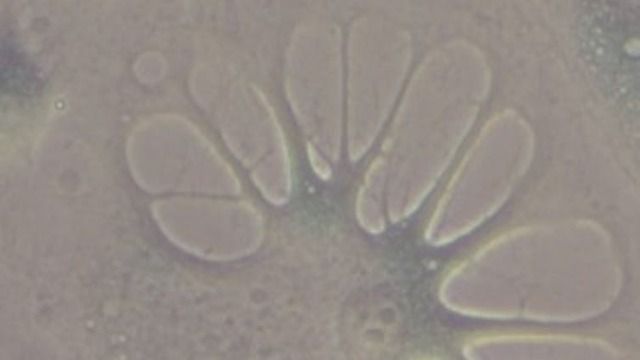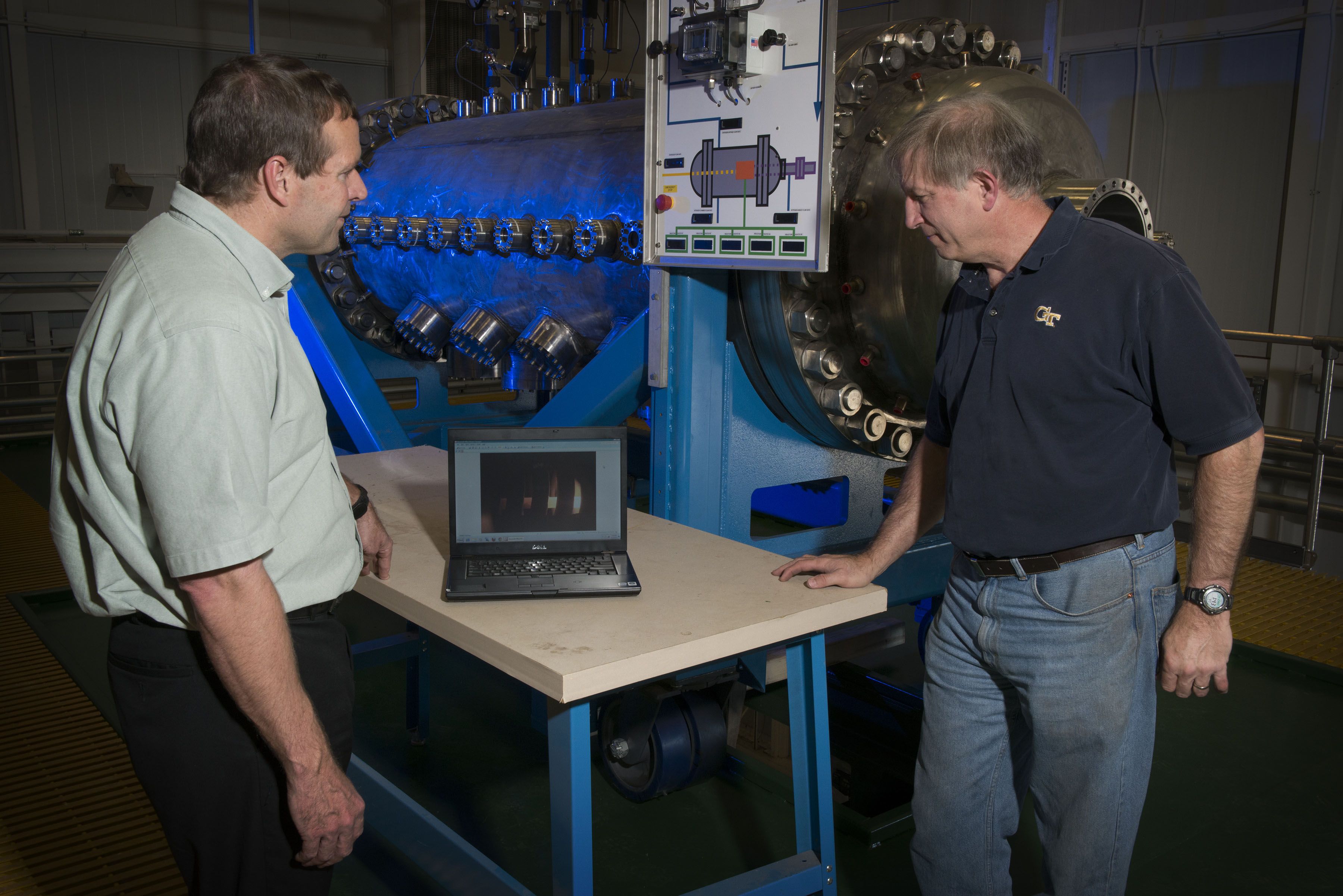Sep 1, 2018
Ageing in Human Cells Successfully Reversed in the Lab
Posted by Manuel Canovas Lechuga in categories: biotech/medical, life extension, neuroscience
The ability to reverse ageing is something many people would hope to see in their lifetime. This is still a long way from reality, but in our latest experiment, we have reversed the ageing of human cells, which could provide the basis for future anti-degeneration drugs.
Ageing can be viewed as the progressive decline in bodily function and is linked with most of the common chronic diseases that humans suffer from, such as cancer, diabetes and dementia. There are many reasons why our cells and tissues stop functioning, but a new focus in the biology of ageing is the accumulation of “senescent” cells in the tissues and organs.
Senescent cells are older deteriorated cells that do not function as they should, but also compromise the function of cells around them. Removal of these old dysfunctional cells has been shown to improve many features of ageing in animals such as the delayed onset of cataracts.
Continue reading “Ageing in Human Cells Successfully Reversed in the Lab” »


















